India’s BJP mulls simultaneous federal and state polls to cut costs, gain ‘advantage’ over opposition mega coalition
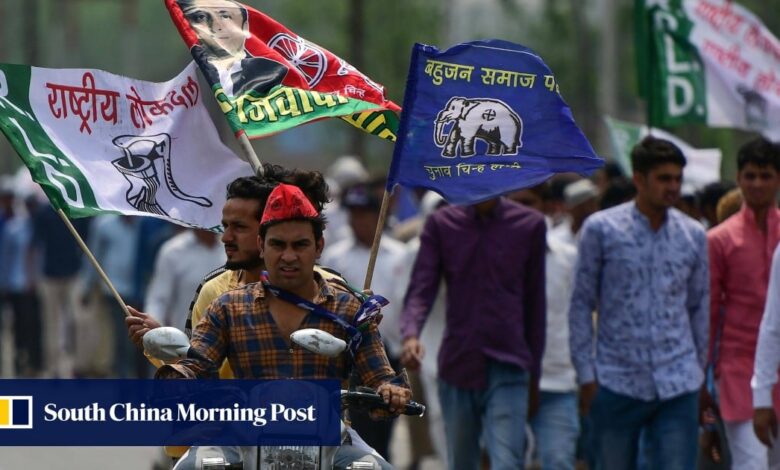
“I expect a lot of developments, though at this juncture we don’t know whether the committee will take 20 days, 20 weeks or 20 years [to issue guidelines]. But the fact that this has been initiated likely means we are close to wrapping it up,” said Nilanjan Mukhopadhyay, an independent political commentator.
“In 2024, we will see simultaneous polls being held in some form or the other,” Mukhopadhyay said. “I think it’s a very smart move [by the BJP rulers]. Modi can go to voters and say that I have saved the country so much money.”
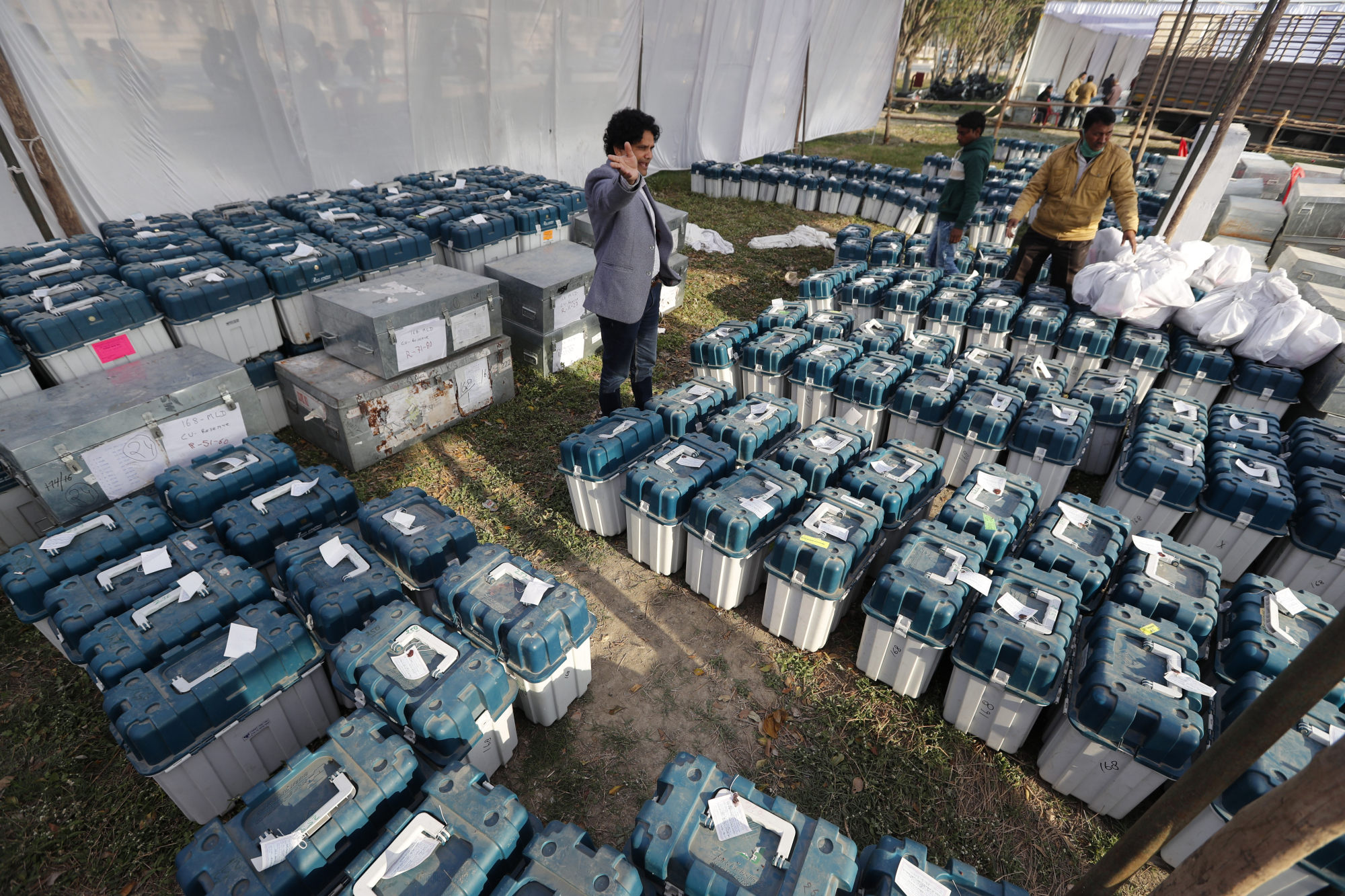
Modi and the BJP have for long pushed the idea of combining state and federal elections to help reduce the time politicians spent on campaigning and cut the cost of conducting polls in the world’s most populous country.
But the move is complex as it would require curtailing or extending the terms of state legislatures that have been elected at different times for a five-year term.
Estimates of the cost of holding state elections vary from around 41.5 billion Indian rupees (US$502 million) every five years for all states combined, to about 55.5 billion Indian rupees on average, according to local reports, which argue that any savings from the proposal would only be a fraction of states’ budgeted expenditures.
Five states – Rajasthan, Madhya Pradesh, Chhattisgarh, Telangana and Mizoram – are due to hold local polls in November and December, and the general election is expected next year between April and May.
India’s BJP is ‘on the back foot’. But can Modi still win a moral victory?
India’s BJP is ‘on the back foot’. But can Modi still win a moral victory?
India used to conduct simultaneous polls for parliament’s lower house and state elections before 1967, but stopped when some state legislatures and the parliament’s lower house were dissolved ahead of their terms and an era of shaky coalition politics began where parties would sometimes break up after coming to power.
India’s election commission had proposed holding simultaneous polls as far back as 1982-83, but the suggestion did not result in concrete legislation. The BJP has been advocating the move since Modi’s first prime ministerial stint in 2014.
Leaders of opposition parties have resisted the idea, saying they will not support it in parliament as it violates India’s federal politics. Regional parties said holding elections simultaneously would hurt their prospects because they would not be able to highlight local issues and did not have the financial muscle or manpower to hold polls on a larger scale.
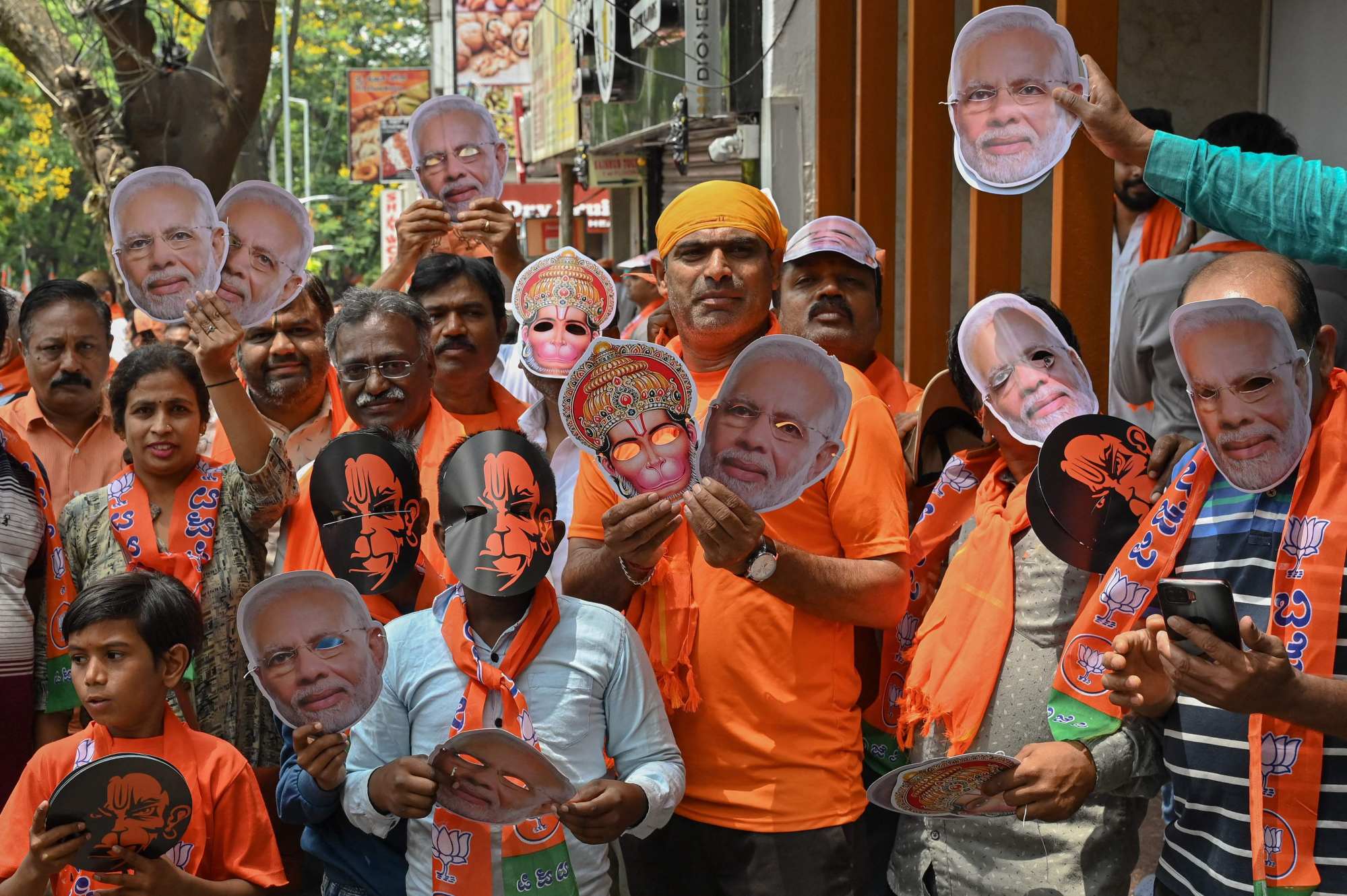
Shekhar Gupta, editor-in-chief of online news site The Print, said the proposal would help a political party which is in power at the federal government with a strong majority, such as Congress had until 1967 and the BJP now. The BJP has an extensive reach across the country, and voters are more likely to back the same party at federal and state levels.
“It’s not as if the distinction [between state and federal elections] will never be made [by the voter, but] it gives the big national party an advantage, and it weakens the regional party,” he said.
Gupta noted, however, that there could be problems with implementation. A potential state government collapse six months into a five-year term would call into question whether it should be suspended and federal rule imposed for the remaining four and a half years.
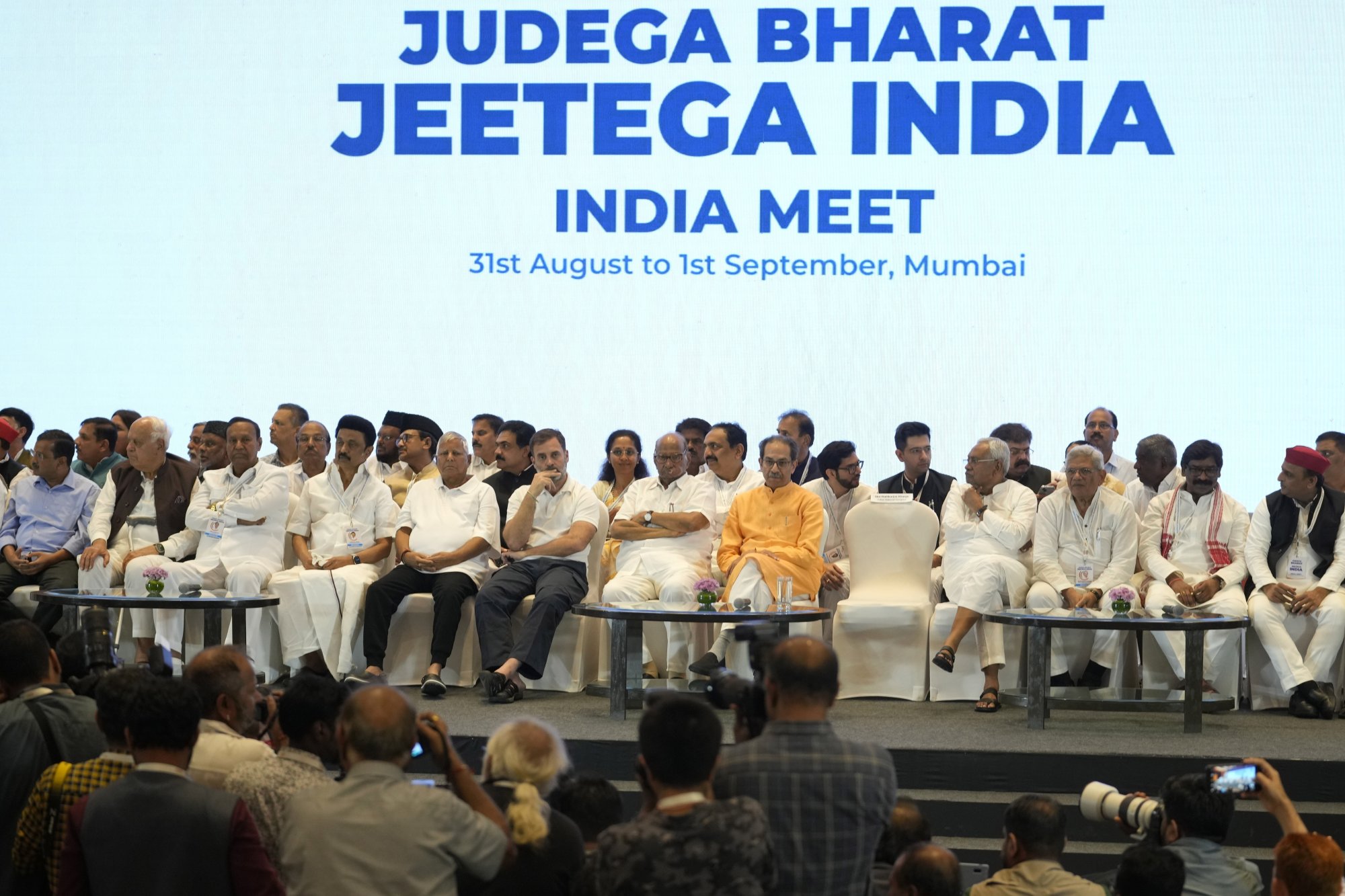
Observers say the formation of the INDIA bloc shows the threat that smaller regional parties are feeling from the BJP. However, a united opposition alliance is likely to pull its weight in key swing states, such as Uttar Pradesh in the north and Maharashtra in the west, against the BJP.
In Uttar Pradesh, the influential Samajwadi Party has sided with INDIA together with Congress, and there are efforts to woo the Bahujan Samaj Party, which together can pose a formidable challenge to the BJP, analysts say.
In Maharashtra, the BJP faces a thornier prospect after losing some of its oldest and staunchest allies like the Akali Dal and Shiv Sena. The BJP and Shiv Sena won state elections in October 2019 but soon parted ways, after which Shiv Sena teamed up with rivals NCP and Congress. But the state government collapsed in June 2022, with a splinter group of Shiv Sena forming a new coalition with the BJP.
The main Shiv Sena party, Congress and NCP are now part of the INDIA alliance.
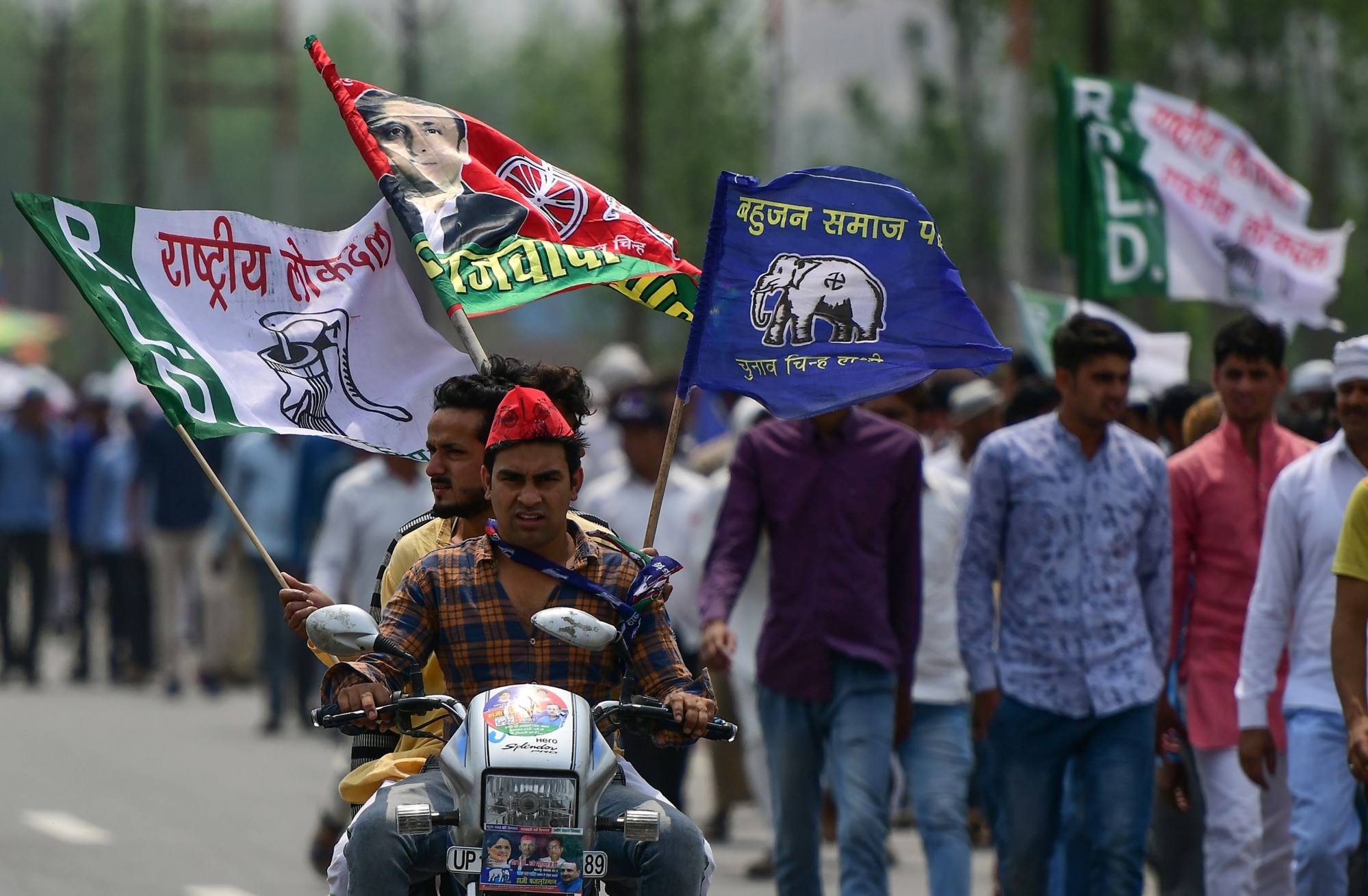
Smita Gupta, an independent political analyst, noted if the new alliance held firm, it was likely to be stronger than the BJP-led alliance in Maharashtra. However, she said NCP leader Sharad Pawar’s close links with his nephew Ajit Pawar – who is with the BJP – could be an issue.
“The BJP is trying its hardest to chip away at the INDIA alliance in the state,” she said.
Observers said the chances of regional parties sticking with the INDIA alliance were higher because they were facing an existential threat, which could boost efforts to arrive at a seat-sharing arrangement and a common poll programme.
Additional reporting by Reuters

